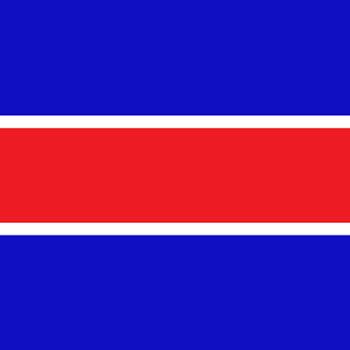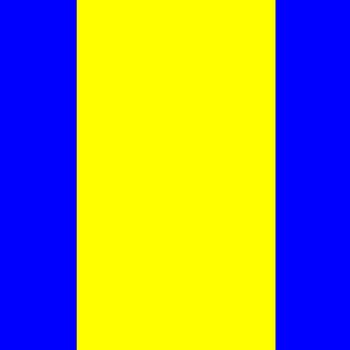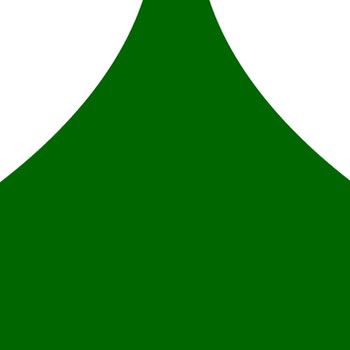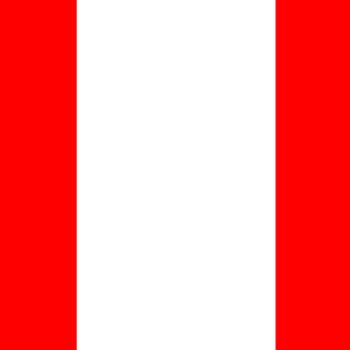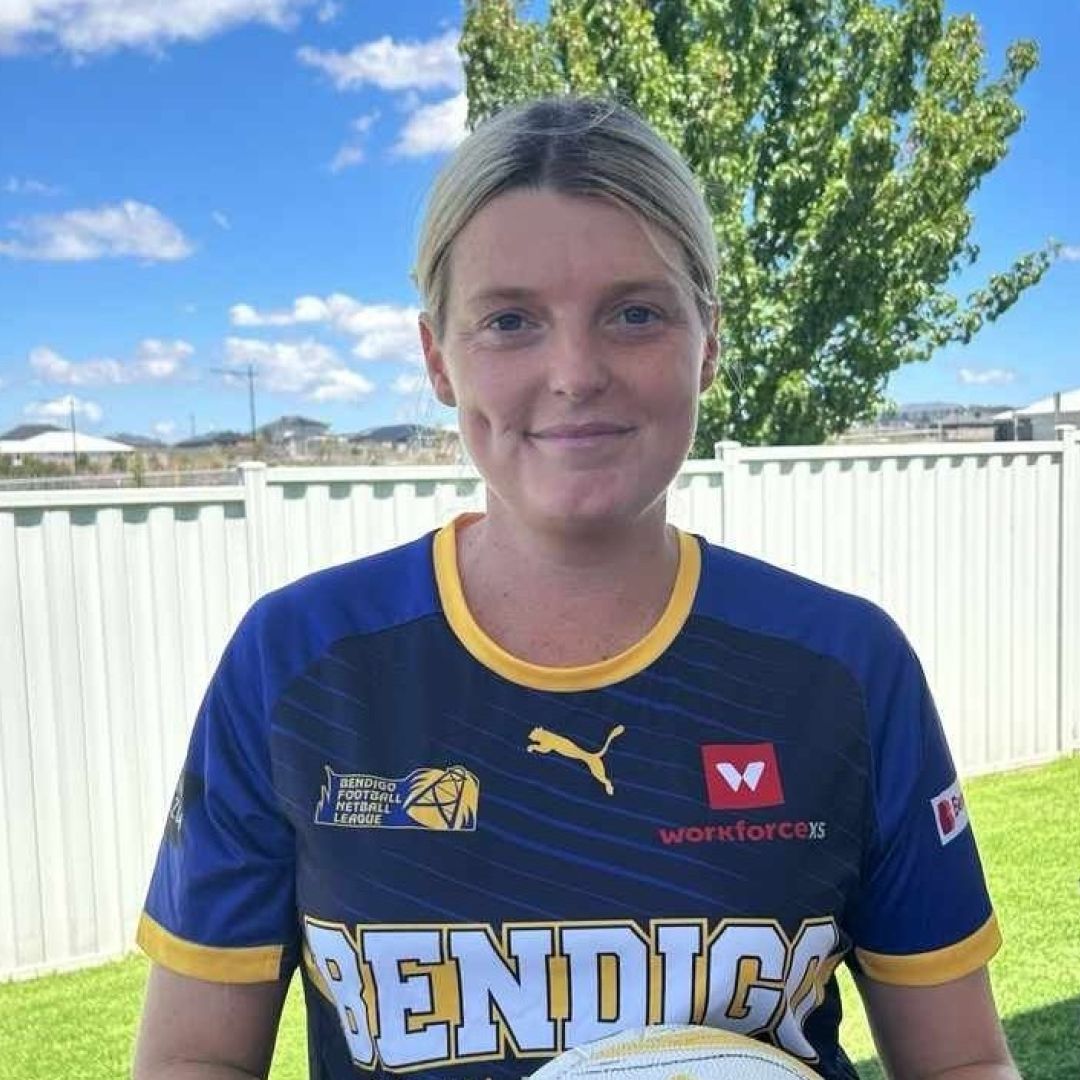News
BFNL REWIND - Football off the field provides a keen focus

News
BFNL REWIND - Football off the field provides a keen focus
Published on:
12 February 2025
There have always been ructions and hefty club politics well off the football field in the BFNL's history.
Just after we arrived in Bendigo from Port Moresby in mid-1977 there had been some strong to-ing and fro-ing about Maryborough's desire to join the league.
The Princes Park Pies had appealed to the VCFL about Ballarat's rejection of its request to leave and join the Bendigo F.L.
If successful, this would retrace the steps Maryborough had taken in the early 1930s when the Pies had competed against Bendigo clubs and had actually made it to the 1933 grand final against Sandhurst, but copped a 117-point thumping: 29.15 (189) to 10.12 (72).
Merv Howard, the Ballarat F.L. secretary, told the VCFL his league wanted to proceed with the appeal because he didn't want to encourage unnecessary delays.
And here's what John Woodlock, the Maryborough secretary, said why his club wanted the transfer. Because of these reasons:
1.The weather was better in Bendigo, a fact that would encourage Maryborough supporters to travel and barrack for their club at away winter games.
As it stood, Mr Woodlock stressed, the regular poor weather in Ballarat put supporters off travelling to away matches and instead remained in Maryborough. Instead of supporting their town's major league club, they'd attend matches in the local district leagues.
2. Several players had advised the club they'd leave unless the Magpies joined the Bendigo F.L.
3. The inclusion of Maryborough into the BFL would eliminate the bye that had arisen because of the departure of Echuca for the Goulburn Valley F.L. in 1974.
4. Maryborough was in Carlton's recruiting zone -- as were all clubs in the Bendigo league -- whereas all Ballarat F.L clubs, apart from Maryborough were in St.Kilda's recruiting zone.
5. Carlton had promised to help Maryborough organise an under-18 club tea,
6. The Bendigo F.L. had guaranteed Maryborough a final at their home ground: Princes Park.
Merv Howard said that while Maryborough's admission into the Bendigo league would solve that league's odd-number problem it would create huge ructions in his Ballarat league.
Attendances at Ballarat league fixtures had seriously declined in the Seventies --- a statewide problem with live telecasts of VFL matches available to home viewers -- even though his body had somewhat rectified that problem by playing finals on Sundays (no Melbourne VFL games back then on Sundays).
The Ballarat F.L. had also introduced a shorter season and had introduced a Final Five instead of a Top Four.
This last move followed the VCFL's 1972 decision to introduce Final Fives into regional and country leagues.
Nr. Howard said the loss of Maryborough, a club he described as "one of the major football clubs in the state iof Victoria" would undermine the advances his league had made with "several privileges" granted to the Princes Park Pies.
The club received an annual travel subsidy and club officials received a meal allowance. "And the suggestion that Sebastopol could replace Maryborough was not feasible as Sebastopol had finished only fourth in the Ballarat and Bacchus Marsh (district) league the previous year," he said.
The Ballarat delegate added that Beaufort's future in the Ballarat league "was looking shaky" because of their regular poor performances.
"If the VCFL clears Maryborough, and Beaufort can't continue, the Ballarat league would be reduced to six clubs," Mr Howard said.
Ken Anderson, the Bendigo F.L. secretary (no such thing as CEOs five decades back), told the investigation committee his league had approached several clubs in neighbouring competitions about becoming the BFL's eighth club.
"But Maryborough is the obvious candidate although we have not offered them a financial incentive. Instead we've offered them a chance to hold a finals match at Princes Park if they happen to make the finals," he said.
Such an offer would have broken new ground in Bendigo where every final, from Week 1 to grand final day, was held on the Queen Elizabeth Oval.
The VCFL's investigation committee dismissed Maryborough's appeal with chairman Joe Collery, the state's western district councillor, advising the Bendigo F.L. that if their area's top body, the Bendigo District council, asked for an investigation into the whole of local football in the area his committee would be prepared to listen.
The BFL from its early days in the first decade or two of the 20th century had always felt a certain eminence in the firmament of Victorian country football.
(It's a feeling that I've certainly held over four-and-a-half decades of covering Bendigo footy from home and away matches to finals and even to state representative matches in venues as far away as Mount Gambier, Horsham, Sale, Mildura and Albury-Wodonga).
In the code's earliest days the Ballarat Football Association was the premier competition but Bendigo shared top billing in the Depression Thirties era between WW1 and WW2.
And during the boom times straight after World War 2 the Ballarat league dropped away with the Ovens and Murray F.L. rising to prominence. But the Bendigo F.L. always remained solidly among the top two or three state-wide competitions.
Bendigo officials had a reputation for forthrightness.
They pushed for the formation of a major leagues association in the 1950s because there was a belief among our top representatives that the VCFL wasn't doing enough to represent the interests of their top competitions --- such as the BFL --- in their dealings with the VFL.
And they were foremost among the regional competitions which did eventually form a major leagues associations in the 1960s (not that it achieved very much) and the BFL was among the loudest complaining to the VFL against the introduction of zoning.
[This came about in the 1960s and Bendigo was in Carlton's zone.]
Amazingly enough, after the BFL had won the 1972 country championship the league was pulled out of the next championship over the VCFL's decision to grant Rochester a clearance into the Goulburn Valley F.L.
I think it's a bizarre twist in these later decades to remember that the introduction of zoning only fuelled the BFL's reputation as a football power.
The successful Carlton teams of this era were notable particularly for the outsized number of players who had come from the Bendigo F.L. and the Bendigo district.
Here's a few to think about: Greg Williams (dual Brownlow Medallist), Peter Dean, Jimmy Buckley (Kyneton), Leigh Colbert, Greg Kennedy, Warren 'Wow' Jones, Frank Coghlan, Rod Ashman, Peter McConville and Des English.
Yes, there's many more including 'Bluey' Southcombe, Michael Sexton, Ray Byrne and Geoff Southby, but that's enough for readers to consider first up.
Next: the introduction of Kennington and Kangaroo Flat into the BFL. Netball didn't come in until the 1990s.
[with thanks to ex-Addy colleague and sports writer Paul Daffey, and one of his excellent country footy books: Behind The Goals, 2017]


